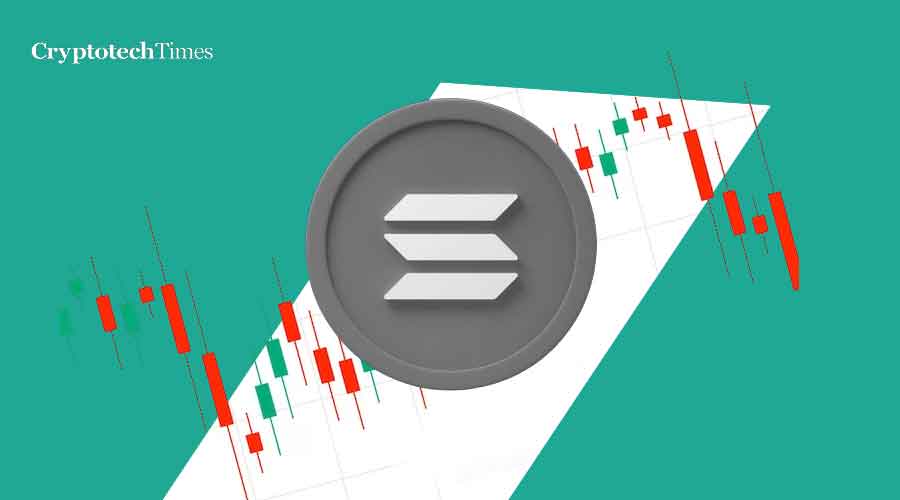 A guide to SOLANA in 2024.
A guide to SOLANA in 2024.
The proof-of-history (PoH) method, which enables the blockchain to function swiftly while being safe and decentralized, was one of the first to be introduced by Solana, in contrast to many other well-known blockchains that rely on proof-of-work (PoW) or proof-of-stake (PoS) consensus mechanisms.
Anatoly Yakovenko, a former software developer for Dropbox (DBX) and employee of Qualcomm (QCOMM), and his colleague Greg Fitzgerald launched it in 2017. Developing an open-source project with a new, high-performance, permissionless blockchain was Solana’s primary objective.
With 2,000 transactions per second processing speed thanks to its PoH algorithm, the Solana blockchain is a contender against Ethereum (ETH), the second-largest cryptocurrency by market capitalization.
Due to its compatibility with smart contracts, which facilitate the development of decentralized apps (dApps), Ethereum has emerged as the front-runner in the field of decentralized finance (DeFi). But because of Ethereum’s widespread use, its blockchain became costly and cumbersome, which prompted the rise of substitutes like Solana.
Following the collapse of the FTX cryptocurrency exchange in November 2022, Solana’s SOL coin saw a value decline of over half. However, the coin has since made a somewhat significant recovery, rising from $8.39 on December 29 to a peak of $26.93 on February 20, 2023. This increase coincided with the release of Solana’s mobile phone.
The token’s first problems began when it lost almost half its value in less than a day due to market panic following Binance’s (BNB) proposed takeover of the FTX (FTT) exchange. The token then shrank even more when Binance withdrew from the deal, plunging from $38 to less than $13.
Solana’s issues stemmed, at least partially, from its affiliation with FTX. On November 14, 2022, Solana acknowledged that when the exchange crashed, it had $1 million worth of assets trapped in FTX.
As of November 6, 2022, the day that withdrawals from FTX were banned, Solana also possessed 3.24 million shares in FTX, 134.54 million serum (SRM) tokens, and 3.43 million FTT tokens on the market, however this accounted for less than 1% of Solana’s total assets.
The Solana ecosystem has $295.38 million locked in as of 12 April 2023, up from $266.85 million on 3 February, but less than the $301 million locked in as of 1 December and far less than the about $10 billion in November 2021 and $1 billion on 6 November 2022. These numbers come from the analytics website DeFiLlama.
On December 7, Solana co-founder Raj Gokal stated that the demise of FTX would eventually be advantageous for the cryptocurrency sector. “We’ve always heard really negative criticism about FTX’s involvement in the ecosystem and that concentration of ownership stake,” he said in an interview with Fortune. Thus, it seems like tearing off a Band-Aid.
Charles Hoskinson, the founder of Cardano (ADA), tweeted on December 9th, suggesting that Solana may be added as a sidechain on his platform. Turn into a sidechain.
On December 15, the crypto-lending platform Maple declared that it will no longer be making loans on Solana. The reason given for the shift was the Ethereum (ETH) blockchain’s conversion to a proof-of-stake (PoS) consensus method.




